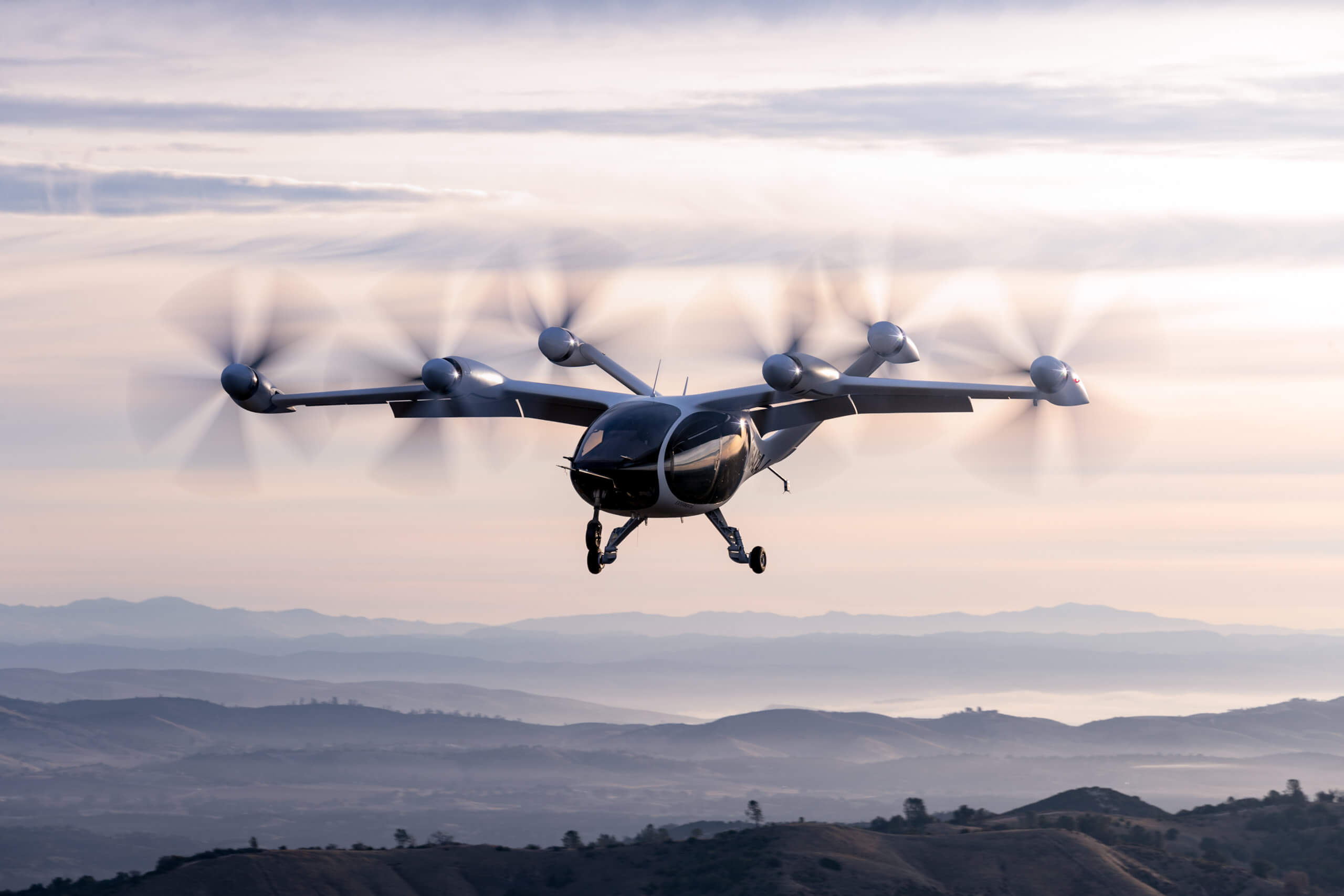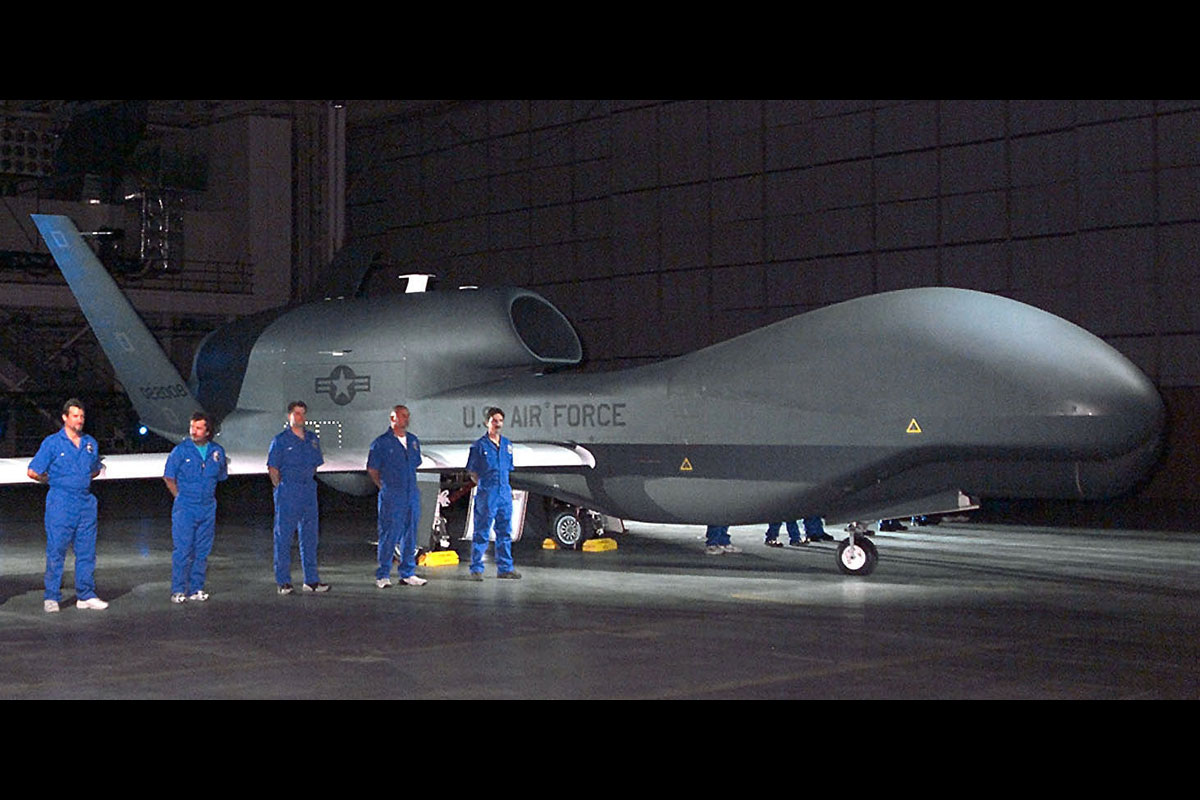Q4 Aircraft - The Northrop Grumman RQ-4 Global Hawk is an advanced, remotely piloted surveillance aircraft from 1990-2020. It was originally developed by Ryan Aeronautical (now part of Northrop Grumman) and known as Tier II+ during development. The RQ-4 provides a comprehensive reconnaissance and surveillance system using ultra-large synthetic aperture radar (SAR) and electro-optical/infrared (EO/IR) sources with long-range visibility over targets. It can survey 40,000,000 square kilometers (100,000,000 km)
The Global Hawk is used by the United States Air Force (USAF). Used as long term (HALE)
Q4 Aircraft

Cover the elements of force mobilization capabilities in military operations worldwide. According to the USAF, advanced flight control capabilities allow the weapon to be more accurate and better protect against special forces.
American Airlines Plans To Operate 89% Of 2019 Capacity In Q4
Cost overruns saw the original plan to purchase 63 aircraft cut to 45, and the 2013 proposal for 21 Block 30s shows a different mindset.
The US Navy developed the Hawk for maritime surveillance of the MQ-4C Triton. By 2022, the US Air Force plans to retire the Global Hawks in 2027.
This section should be expanded with the following: research development, structure and history; this article focuses primarily on the evs after 2006–2008. Can you help by adding? (July 2014)
In the 1990s, the Air Force was developing an airborne interception system. One was the Lockheed Martin RQ-3 DarkStar; the other was the Global Hawk. Due to the lack of budget, only one of the projects can be implemented. Decided to keep the Global Hawk in the lineup and get paid instead of going with dark stealth.
Textron Tumbles After Q4 Miss, Aviation Sales Plunge 13% (nyse:txt)
In the process of evaluating the design and demonstrating its potential. Demand for the RQ-4's capabilities was high in the Middle East; Thus, the prototype aircraft was widely used by the USAF during the war in Afghanistan. In a rare move, the aircraft cut its first production run while it was still undergoing maintenance and production. Nine of the 10 aircraft, sometimes called the RQ-4A, were produced; two of which were sold to the US Navy and another two were sent to Iraq to support local operations. The last flight of Block 10 was carried out on June 26, 2006.
Increased flight power, airframe redesign, extended nose section and wings. Modified aircraft for RQ-4B Block 20,
It can carry 3,000,000 liters (1,360 kg) of interior space. These changes were initiated by the first Block 20 aircraft, the 17th Global Hawk produced, which was unveiled at a ceremony on August 25, 2006.

The first flight of the Block 20 from USAF Plant 42 in Palmdale, California to Edwards Air Force Base took place on March 1, 2007. Block 20 development testing took place in 2008.
Japan Flies Its Rq 4 Global Hawk For The First Time
The US Navy has taken delivery of two of the Block 10 aircraft to test their maritime surveillance capabilities, designated N-1 (BuNo 166509) and N-2 (BuNo 166510).
The first prototype ship was briefly tested at Edwards Air Force Base before being transferred to Patuxt River Airfield in March 2006 as part of the Global Hawk Maritime Demonstration (GHMD) program operated by the Navy's VX-20 squadron.
In July 2006, the GHMD aircraft flew for the first time in the Pacific Ocean (RIMPAC exercise). Although it was close to Hawaii, the flight was operated from NBVC Point Mugu, requiring approximately 2,500 (4,000,000) flights each way to the area. Four sorties were made, allowing more than 24 hours of continuous water surveillance by the aircraft carrier USS Abraham Lincoln and the battleship USS Bonhomme Richard. For the GHMD program, Global Hawk is tasked with maintaining marine weather, data monitoring and video support for training activities. The footage was sent to the NAS Patux River for processing and then shipped from Hawaii.
Northrop Grumman has modified the RQ-4B to compete in the Unmanned Aerial Vehicle (BAMS) category. On April 22, 2008, it was announced that Northrop Grumman's RQ-4N had won and that the Navy had awarded a US$1.16 billion contract.
Piper Announces New M600/sls. First Ga Aircraft To Be Standard Equipped With Halo™ Safety System And Autoland Capability. Available Q4 2019.
The Navy MQ-4C differs from the Air Force RQ-4 mainly in its wing. While the Global Hawk stays aloft to conduct surveillance, the Triton climbs to 50,000,000 feet (15,000,000 m) for wide area coverage and can descend to 10,000 feet (3,000,000 m) for better reconnaissance. purpose Triton's wings are specially designed to handle the stress of a fast landing. Although the exterior looks similar to the Global Hawk wings, the Triton's internal structure is much stronger and has other features, including anti-icing, shock and lightning protection.
On June 17, 2022, the Navy returned the RQ-4A BAMS-D to its final deployment to the Middle East, which began as a six-month study but turned into a 13-year deployment. The Navy already had five Block 5 RQ-4As and as of 2009 at least one was kept in rotation in the Persian Gulf region. The aircraft has logged more than 42,500 hours during 2,069 missions; one was lost in an accident and the other was shot by Iran. The BAMS-D was replaced in Navy service by the MQ-4C.
Development cost overruns put the Global Hawk in jeopardy. By mid-2006, unit costs were 25% lower than base models due to the need for design improvements and increased capacity. This has raised concerns about possible congressional concerns that the national security program may not be justified.

However, in June 2006, the program was revised. Completion of the USAF performance report was delayed from 2005 to 2007 due to industry and development delays. In March 2007, a performance evaluation report was released, and production of 54 spacecraft was scheduled to be extended by two years to 2015.
Rq 4 Global Hawk Patent Print, Rq 4 Global Hawk Uav Drawing
In February 2011, the USAF reduced the purchase order for RQ-4 Block 40 aircraft from 22 to 11 in order to reduce costs.
In June 2011, the director of the US Department of Defense, Test and Evaluation (DOT&E) deemed the RQ-4B "ineffective" due to reliability issues.
In June 2011, the Global Hawk was designated by the Secretary of Defse as critical to national security after failing to comply with the Nunn-McCurdy Amdmt; "Global Hawk" is important for national security. There is no alternative to the Global Hawk that offers proven capabilities at a lower cost. The Global Hawk costs $220 million a year less than the Lockheed U-2 to operate similarly. missions; The U-2 cannot carry the same ship as the Global Hawk at the same time, and if support is cut, the Global Hawk has more space than other programs."
On January 26, 2012, Ptagon announced plans to acquire the Global Hawk Block 30, as it was found to be easier to operate and less capable than the conventional U-2.
File:rq 4 Maintenance (15528728183).jpg
The 2013 Air Force budget indicated a commitment to withdraw the Block 30 amendment; However, the Fiscal Year 2013 Defense Authorization Act committed the Block 30 ships to operation through 2014.
Before he retired in 2014, ACC Director General Mike Hostage said of replacing the U-2 with drones:
Between 2010 and 2013, the cost of flying the RQ-4 dropped by more than 50%. In 2010, the cost per flight hour was $40,600 and contractors earned $25,000,000 per flight hour. By mid-2013, the cost per flight hour had dropped to $18,900, and the contract subsidy had dropped to $11,000 per flight hour. This was partly due to high utilization, distribution of equipment and support costs for many hours of flight.

In July 2022, the US Air Force announced plans to retire the Global Hawk in 2027.
This Global Hawk Was In The Air For Nearly 30 Hours.
The German Air Force (Luftwaffe) has ordered a variant of the RQ-4B to be equipped with a special anti-aircraft missile called the EuroHawk. The aircraft was based on the RQ-4B Block 20/30/40 and was to be equipped with onboard EADS intelligence (SIGINT) equipment; it was intended to fulfill Germany's desire to replace their aging Dassault-Breguet Atlantique Marineflieger (German Air Force) aircraft. The EADS ssor program consists of six components:
EuroHawk was officially launched on October 8, 2009, and the first flight took place on June 29, 2010.
On July 21, 2011, the first EuroHawk arrived in Munching, Germany; It was then scheduled to receive its SIGINT suite and continue testing and training aircraft through the first quarter of 2012. The Luftwaffe planned to retire the type with Taktisches Luftwaffgeschwader 51 ("Reconnaissance Wing 51").
In 2011, the German Ministry of Defense was aware of the difficulties associated with the decision to use European airspace.
Wizz Air Says Omicron Effects To Increase Fiscal Q4 Operating Loss
During the flight tests, problems with the EuroHawk's flight control system were found. The German approval process was also complicated by Northrop Grumman's refusal to share technical information about the aircraft to be evaluated.
On
Q4 etron, q4 software, q4 systems, q4 inc, stelvio q4, q4 hostel, iphone q4, q4 marketing, q4, q4 sportback, q4 company, q4 spray
0 Comments